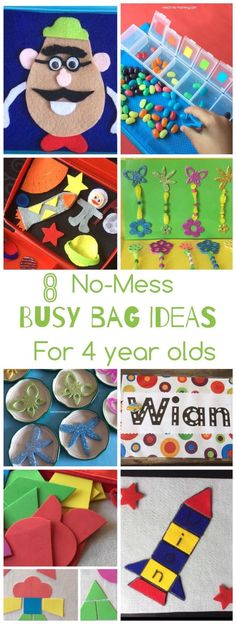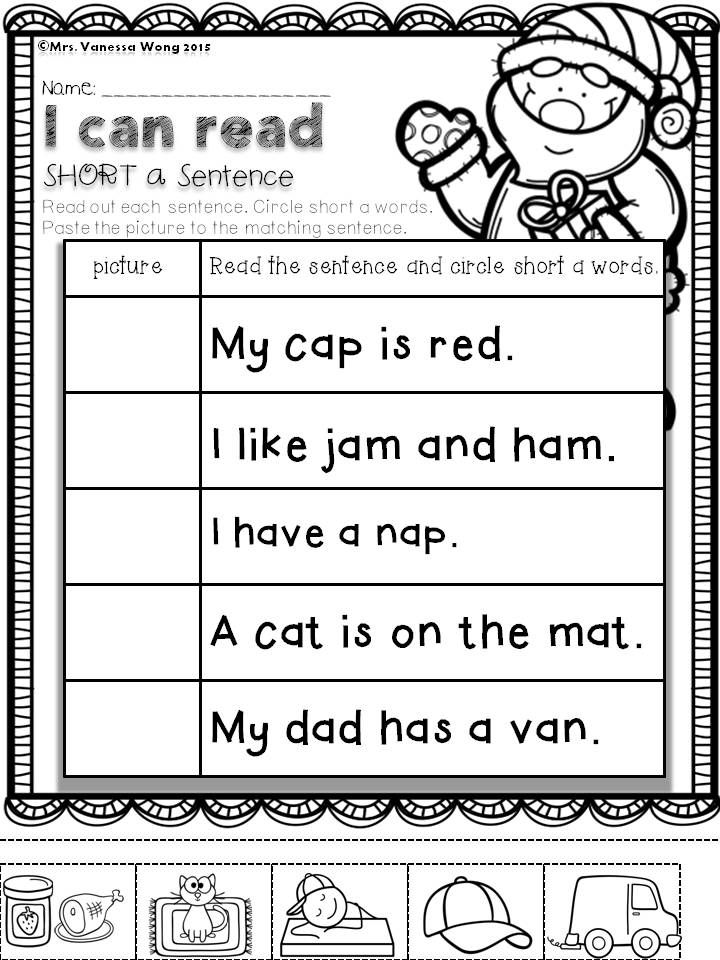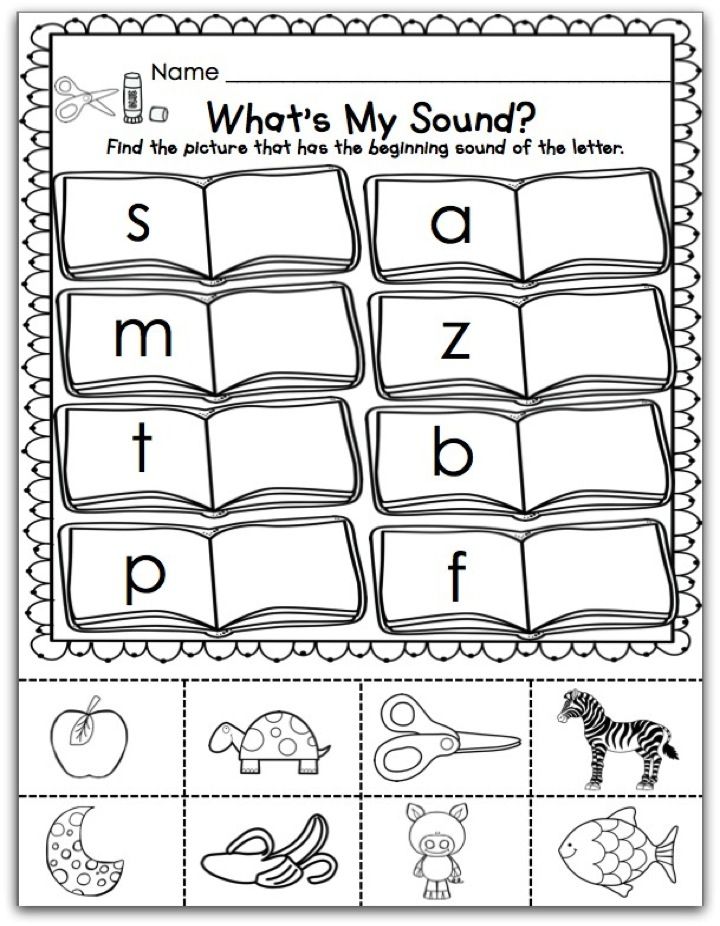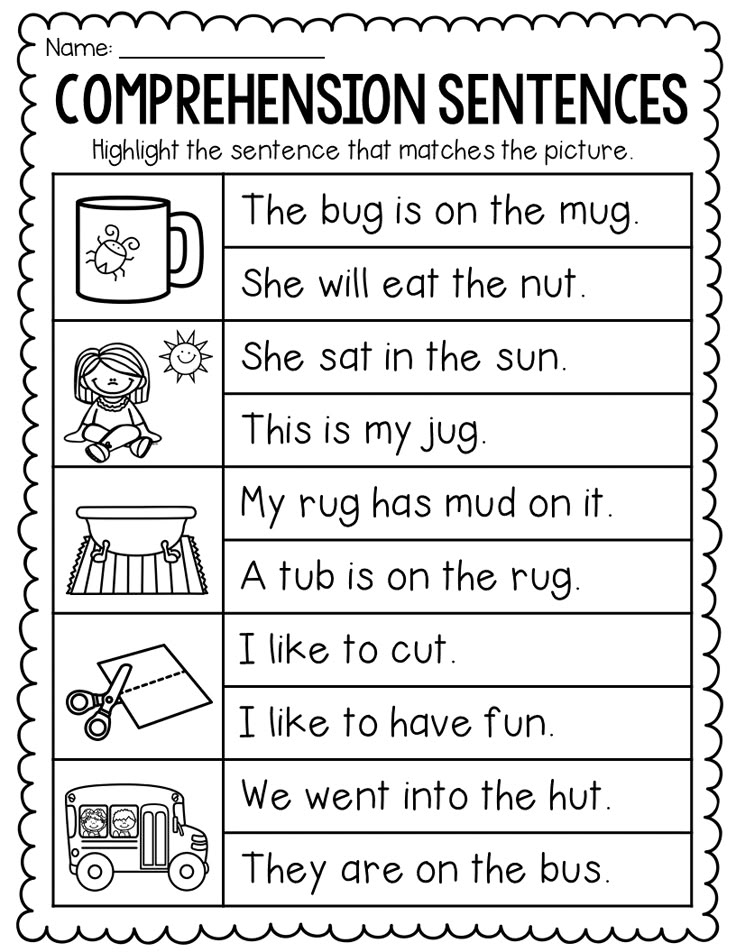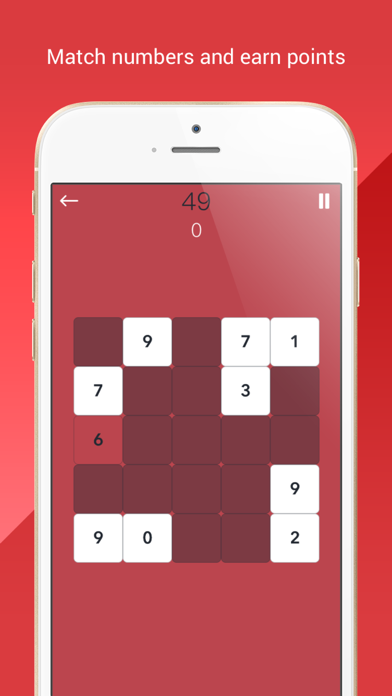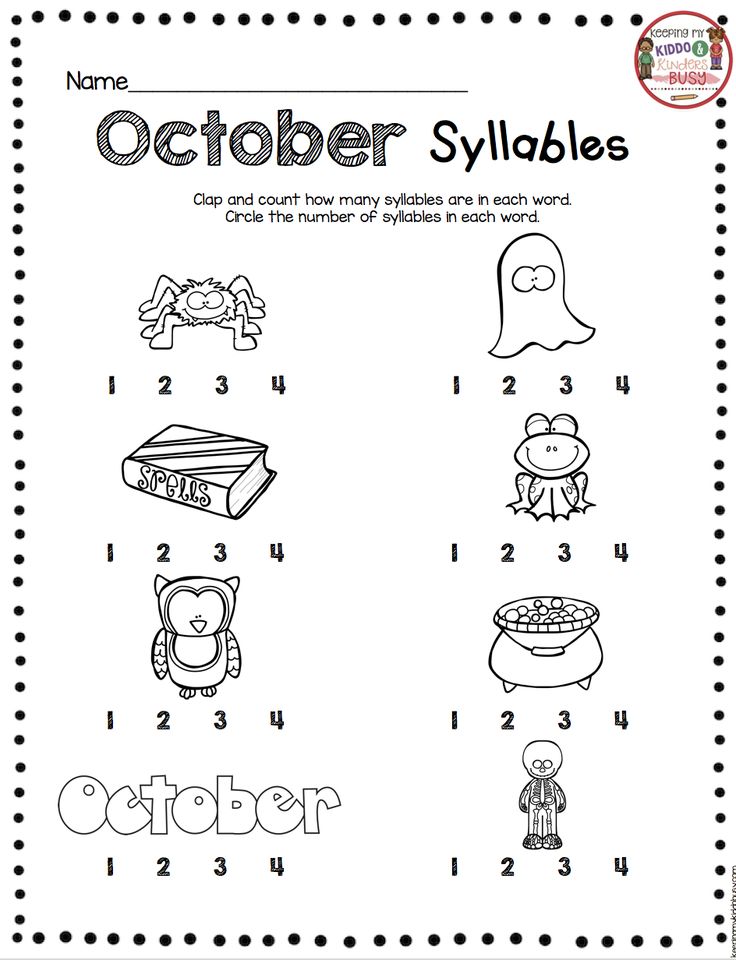How to find my lexile level
Introduction - Reading and Lexile Scores
What is a Lexile Score?
A Lexile score is a standard score that matches a Grade 1-12 student’s reading ability with the difficulty of the reading material.
When the reader's score and that of the reading material are the same, the student is expected to read with 75% comprehension – difficult enough to be challenging without undue frustration and to encourage reading progress.
Scores range from 200 to 1700.
Lexile measures are a measure of text difficulty. They do not address age-appropriateness, student interest or the quality of the text.
Google does not use Lexile scores, and while in the past Google Advanced Search used to rate websites as beginning, intermediate or advanced reading level - Google no longer offers this feature. However, an alternative way to search and obtain results with reading levels marked is here: Choosito.com Search.
This site http://www. lexile.com/ will let you enter your lexile level range and find a list of books that not only meet your lexile requirements, but your interests, i.e. social issues or technology, and your age range. However, the age range is limited to 18 years and younger. You can also see if a particular book is listed to learn the lexile level.
Sample Lexile Texts
Examples of Reading Levels
This Lexile map shows texts matched to levels of reading ability. The literature titles and reading selections are examples that range from 200L to 1700L on the Lexile scale.
Lexile Grade Level
Lexile-to-Grade Correspondence
Student's Guide to Lexiles
This guide gives Grades 1-12 students practical information about Lexiles—what they are, what they mean, and how students can use them to find reading materials that match their reading abilities and interests.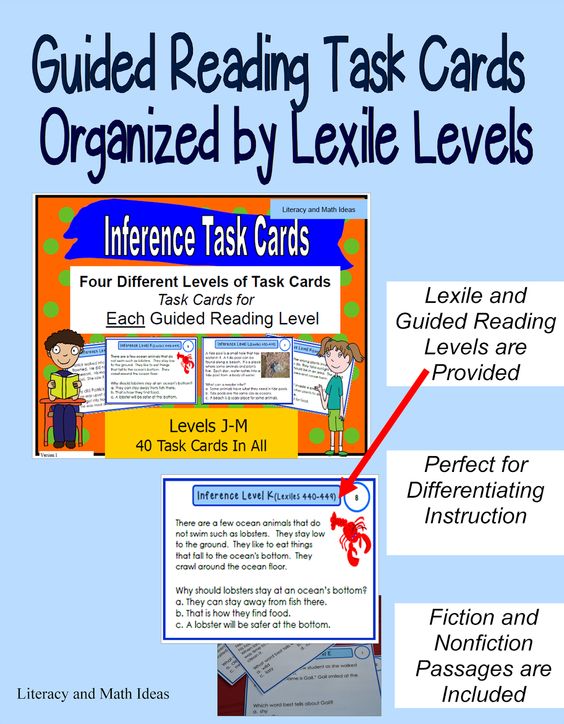
Perhaps you already recognize the term “Lexile” as the reading level number for an article in an EBSCOhost database search. Or maybe you know that a Lexile is a measure of your reading ability based on your score from a reading test. But do you know what the number really means?
How Can Lexiles Help Me Find Reading Materials?
Lexiles can help you find books and articles based on your individual reading ability and interests. For example, if you are a 980L reader, you should be able to read and understand most texts at this level. It is best to find materials within a range of 100L below and 50L above your Lexile measure. Texts below 980L will be easier to read; texts above 980L will be more challenging.
I don’t know my Lexile measure. Can I get a Lexile measure from EBSCOhost, based on the magazines I like to read?
If you or your teachers do not know your actual Lexile measure, you can use a school library or public library EBSCOhost database to estimate your reading ability.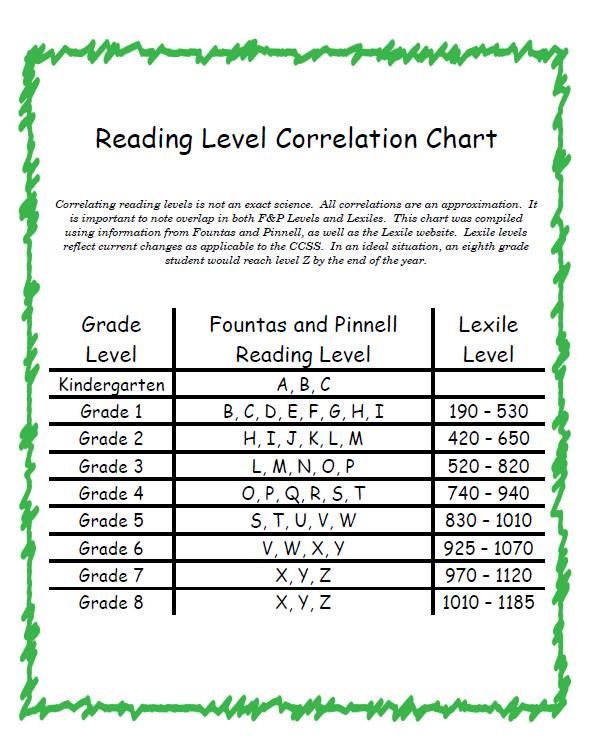 Log into EBSCOhost on your library’s computer and choose a database with Lexiles, such as
Primary Search, Middle Search Plus or MAS Ultra. On the Basic Search screen, check Full Text, then type in a magazine name in the Publication field. Click Search. EBSCOhost will bring up all of the articles from that magazine. Each article will have a different Lexile measure, which will give you a general idea of the magazine’s reading level.
Log into EBSCOhost on your library’s computer and choose a database with Lexiles, such as
Primary Search, Middle Search Plus or MAS Ultra. On the Basic Search screen, check Full Text, then type in a magazine name in the Publication field. Click Search. EBSCOhost will bring up all of the articles from that magazine. Each article will have a different Lexile measure, which will give you a general idea of the magazine’s reading level.
Lexile Framework for Reading GL Education Group (April 14, 2011)
Examples of Reading Levels (Framework)
This Lexile map shows texts matched to levels of reading ability. The literature titles and reading selections are examples that range from 200L to 1700L on the Lexile scale.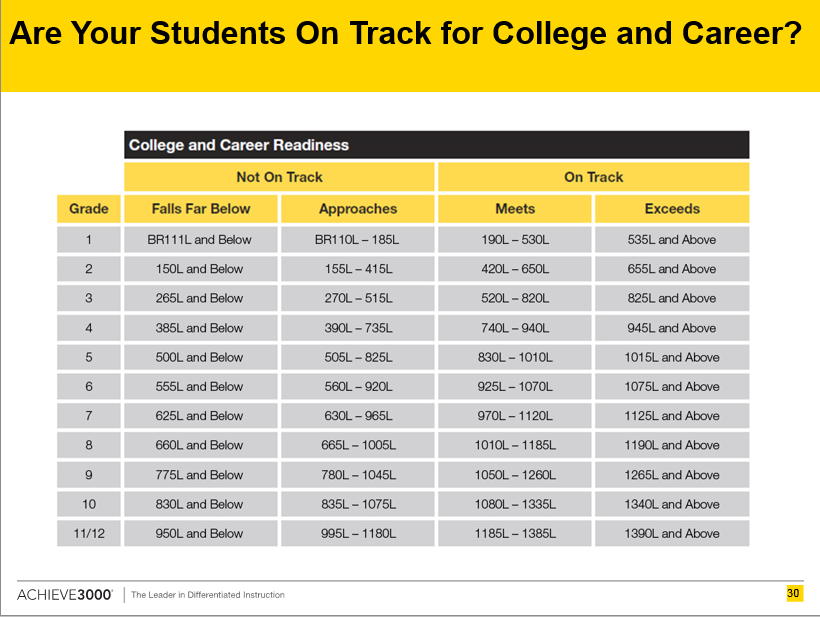
Lexile Framework for Reading for Parents and Educators
The educators and researchers at MetaMetrics created the Lexile Framework for Reading to transform the world of education with a research-driven, scientific system to help all readers navigate the path to success in school, college and careers.
Reading
QR Code
Scan the above QR Code with your QR code reader to access this page on your mobile device.
What is Lexile measure? | EdWords
What is Lexile
® Measure?The Lexile® Framework for Reading is a scientific approach to measuring reading ability and the text complexity of reading materials. The Lexile scale is like a thermometer, except rather than measuring temperature, it measures a text’s complexity and a reader’s skill level.
The Lexile scale is like a thermometer, except rather than measuring temperature, it measures a text’s complexity and a reader’s skill level.
When these two measures match, a targeted reading experience occurs. Students who read at the right levels experience more reading achievement and growth. Renaissance partners with the creators of the Lexile Framework, MetaMetrics®, Inc., to bring Lexile measures into Renaissance Accelerated Reader 360 ® and Renaissance Star Reading®.
How can Lexile measures guide students to appropriate books and articles?
The Lexile Framework assesses both sides of reading development: the reader and the material being read. When a student chooses texts 100L below to 50L above his or her reported Lexile reader measure, a targeted reading experience can occur. The Lexile reader measure describes an individual’s reading ability. The Lexile text measure describes the semantic and syntactic features of a book, article, or text. Both Lexile reader measures and Lexile text measures are reported on the Lexile scale and are represented by a number followed by the letter “L” (i.e., 1000L).
Both Lexile reader measures and Lexile text measures are reported on the Lexile scale and are represented by a number followed by the letter “L” (i.e., 1000L).
Lexile measures are quantitative measures that provide insights into the difficulty of the words in a book or article. It is, however, only one of three components associated with text complexity. The other two are qualitative measures (i.e., content, themes, and maturity level) and reader/task considerations. Lexile measures do NOT measure age appropriateness, the book quality, the book’s theme, or other characteristics of the book. For example, The Grapes of Wrath is a rather simple read, but it may have a theme that is inappropriate for a certain age group.
All books with Accelerated Reader 360 quizzes include an ATOS level, a Lexile measure, and an interest level (i.e., lower grades [K–3], middle grades [4–8], middle grades plus [6–8], and upper grades [9–12]. Teachers, librarians, and parents may want to consider all three components when matching students with books.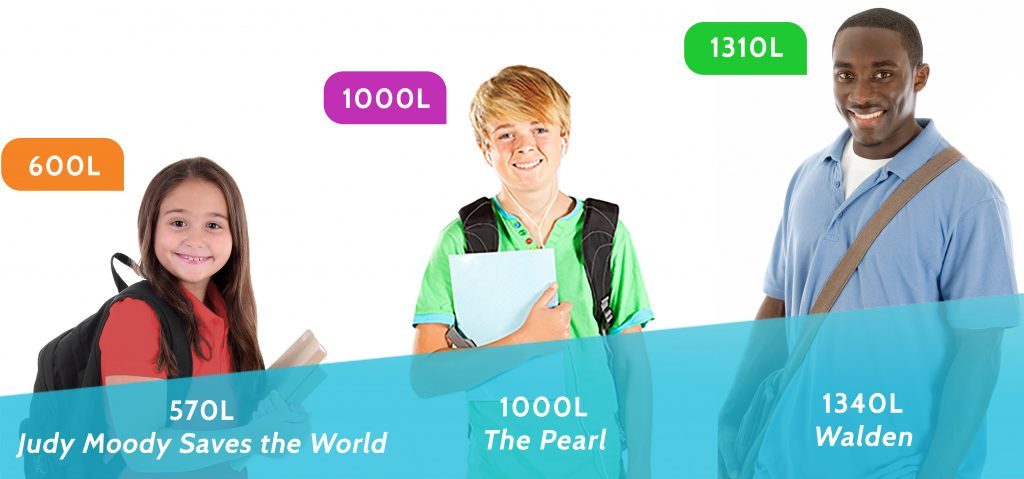
ATOS and Lexile measures are both valid, reliable measures of text complexity that provide a basis for matching students to reading materials. As with all readability formulas, the resulting value is an estimate of the text’s understandability.
How is a Lexile measure obtained?
To obtain a Lexile measure for a book or article, text is split into 125-word slices. Each slice is compared to the nearly 600-million word Lexile corpus, which is taken from a variety of sources and genres, and the words in each sentence are counted. The lengths of sentences and the difficulty of the vocabulary are examined. These calculations are put into the Lexile equation. Then, each slice’s resulting Lexile measure is applied to the Rasch psychometric model to determine the Lexile measure for the entire text.
Select your school
Searching for schools in ZIP code ---
Loading schools…
Don't see your school?
Reading in an American school
AUTHOR: TATYANA PECHALINA, SOCIOLOGIST, BLOGGER AND MOTHER LIVING WITH FAMILY IN CA
PHOTO: LENA KAPLEVSKA
Today we are publishing a new text by Tatiana Pechalina, mother and blogger from California.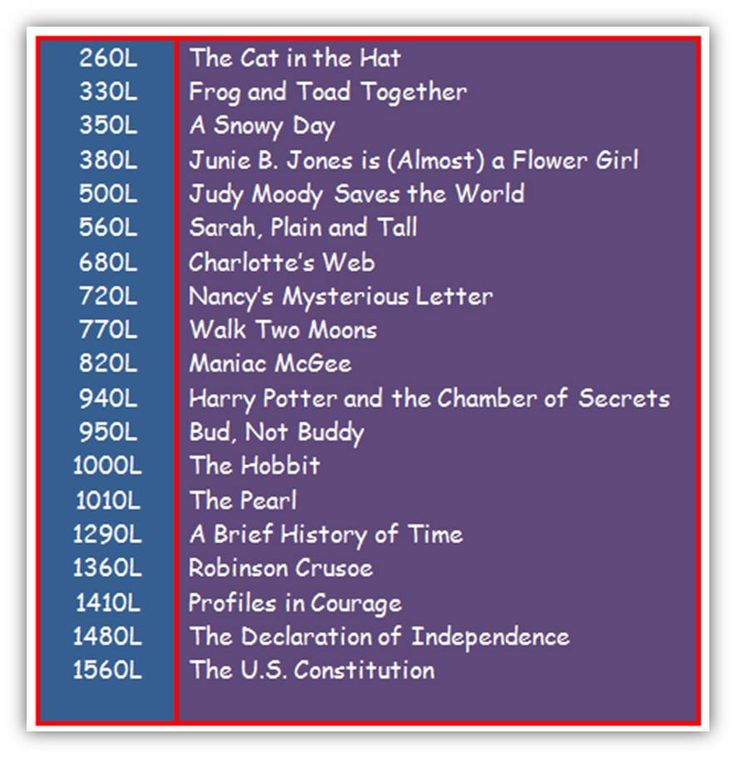 This time, Tatyana talks about how things are with reading in a Californian school.
This time, Tatyana talks about how things are with reading in a Californian school.
In fact, I thought for a long time how best to approach this topic and how to properly describe it. It turned out to have many nuances that I don’t know too well, given that Sonya tells about the school what she wants, and does not notice the details that are interesting to me. Since she has no other school experience, for her the American school is her environment in which she feels organic.
I had a different experience, the experience of the post-Soviet school, and for me, of course, these details would be interesting. What is reading in my childhood? A reading lesson when you read aloud in class, and a reading list that you should read in the summer. Then there was a lesson in literature, but in older classes.
I don't remember much from elementary school except for you sitting on your toes and waiting for your teacher to tell you to read a paragraph aloud to you. And it is at this moment, when the teacher calls your last name, even when reading well at home, you start to stutter and get a “four”, although you know that you read “excellently”. And in high school, I remember how it was necessary to master huge and complex texts for my age in a short period of time. And you are trying, in parallel with other lessons, to read these incomprehensible books, absolutely not enjoying reading, but in order to write an essay. It became easier when collections of summaries appeared. As a result, many first read "War and Peace" in summary and only then, perhaps, re-read the original text.
And it is at this moment, when the teacher calls your last name, even when reading well at home, you start to stutter and get a “four”, although you know that you read “excellently”. And in high school, I remember how it was necessary to master huge and complex texts for my age in a short period of time. And you are trying, in parallel with other lessons, to read these incomprehensible books, absolutely not enjoying reading, but in order to write an essay. It became easier when collections of summaries appeared. As a result, many first read "War and Peace" in summary and only then, perhaps, re-read the original text.
Everything is different in Sonia's school.
Firstly, what immediately caught my eye, as soon as she went to school, was that they constantly talk about reading here - everywhere it is written that a child should read at least 20 minutes a day. He can do it on his own or his parents can read to him. Before the summer holidays, I received an email from the county about the importance of reading and how to teach a child to read. For example, if a child is interested in football, then let him read books about football. Or, for example, make reading your family tradition - show that you are reading a book and the child will also pick up a book.
For example, if a child is interested in football, then let him read books about football. Or, for example, make reading your family tradition - show that you are reading a book and the child will also pick up a book.
Secondly, as I already wrote, they do not have compulsory homework, except for reading. Each week, a special sheet is issued in which the parent must indicate the number of minutes spent by the child reading or read to the child. This sheet is handed over to the school and the child receives an incentive card.
Thirdly, every week there is a library day at the school.
In America, there is a special system that assesses the level of a child's reading - the Lexile Framework for Reading. This system was developed over 30 years ago and includes not only reading assessment, but also the overall level of the child's preparation in different classes.
Now I can only say about reading. The Lexile scale assesses a child's reading level. Thanks to the Lexile assessment, a child or parent can choose exactly the book that will suit their level. Also, this assessment helps the teacher in working with the student - the teacher sees the level of the child and gives him to read exactly those books that will not be too easy or difficult for him. On the books of the school curriculum, information is indicated on the Lexile scale, to which this book corresponds.
Thanks to the Lexile assessment, a child or parent can choose exactly the book that will suit their level. Also, this assessment helps the teacher in working with the student - the teacher sees the level of the child and gives him to read exactly those books that will not be too easy or difficult for him. On the books of the school curriculum, information is indicated on the Lexile scale, to which this book corresponds.
The child's Lexile level is directly determined using a test that takes place at regular intervals. This test includes not only the speed and correctness of reading words (this is where sight words help, which should be read without hesitation), but also understanding of the text. The child reads the text and then answers questions about the text. And based on the results, the level is determined. The purpose of this assessment test is to give the student material that is not too difficult and does not discourage the desire to read books.
I'll tell you what I managed to learn from the child.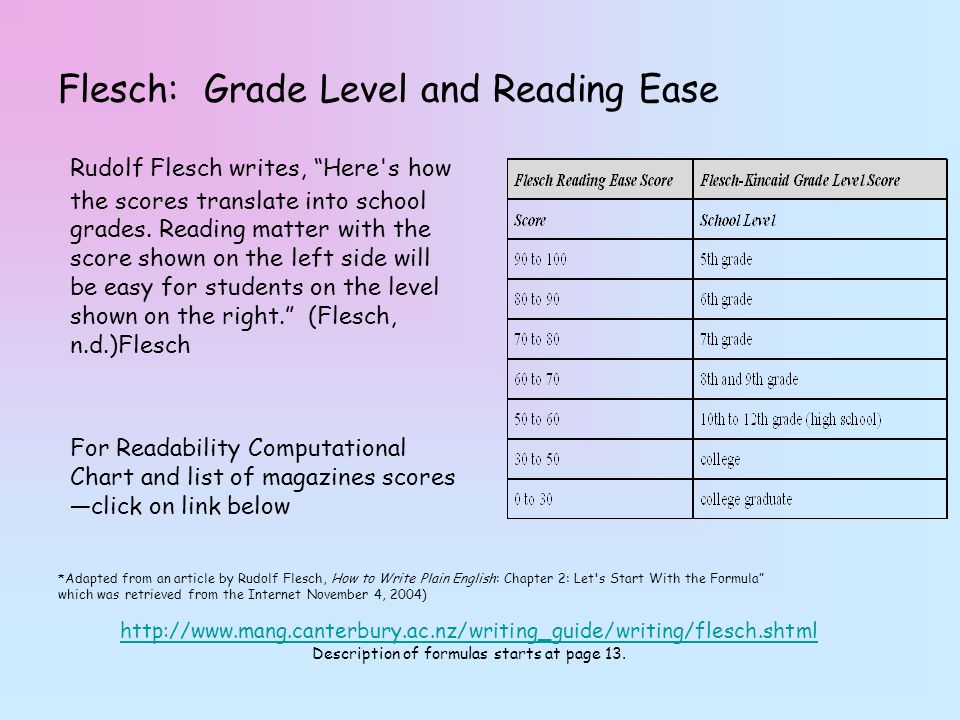
At the beginning of the year they had a Lexile test on a computer that determined the child's reading level. After that, the teacher gives the children a choice of books that correspond to this level. During the week, the children in the class, together with the teacher, read these books aloud. 30 people in the class, 6 people read a day. Since children do not take the Lexile test all the time, and the teacher needs to track the progress of the child, there is another scale that just helps to assess the level of the child between computer tests. And just based on the weekly reading aloud by the child, the teacher determines the level of the child from A to Z (A is the initial level, Z is the most advanced). The first week the level may be A, the next week the level may be B, or it may remain at the same level. If the grade changes, then the teacher gives another book next week, which will be a little more difficult. Every week, the parent receives a report on the reading of the child with recommendations.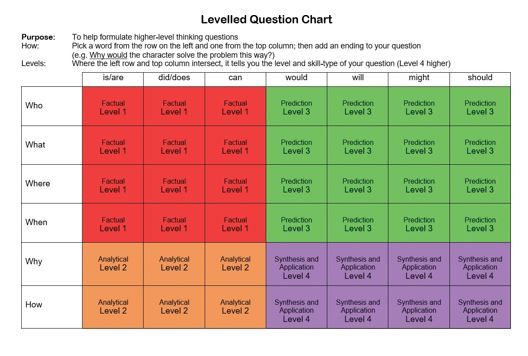 For example, Sonya now has an L level, and her friend has a D level. Thus, the teacher has an individual approach to teaching a child to read, even within the same class.
For example, Sonya now has an L level, and her friend has a D level. Thus, the teacher has an individual approach to teaching a child to read, even within the same class.
In addition, every week children train to take the Lexile test on the computer - they read the text and answer questions. Each child has his own test, corresponding to his level.
As for the Lexile test, the children pass it periodically, and the parent also receives a report with the results and recommendations.
As a result, we get such a differentiated system that allows the child to read books that correspond to his level, while showing where to strive.
Now there is a lot of discussion about the fact that the Soviet people were the most reading nation. We have always been proud of it. And one cannot but agree with this. I remember handing over waste paper in order to get books. Thus, my grandfather had a large library at home. I am very glad that at one time I was instilled with a love of reading, and now I am trying to instill this love in my child.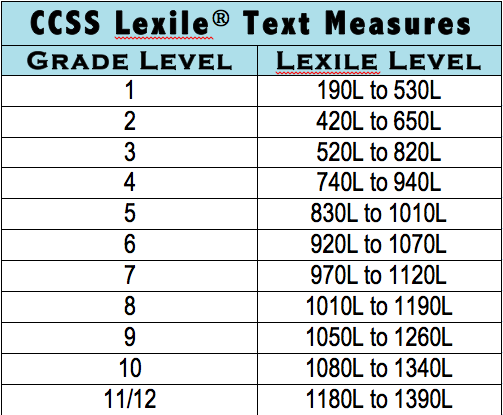
Reading is a very important part of the development of a person of any age. And, surprisingly, I would never have thought that Americans would also be a reading nation. I see children and adults reading around me. I see libraries and even signs on the roads to them. I can see how strongly they promote reading among children from a very young age. And this is probably the only propaganda that does not cause denial.
Lexile Reading Index: An English language reading standard that cannot be ignored
More and more parents are planning to send their children to international schools. Due to current high enrollment requirements and few international schools, many parents choose to participate in appropriate English proficiency improvement courses before applying to international schools. I hope that the children will be able to enroll in the school of their choice whenever they want and will be able to easily start their English language courses at an international school.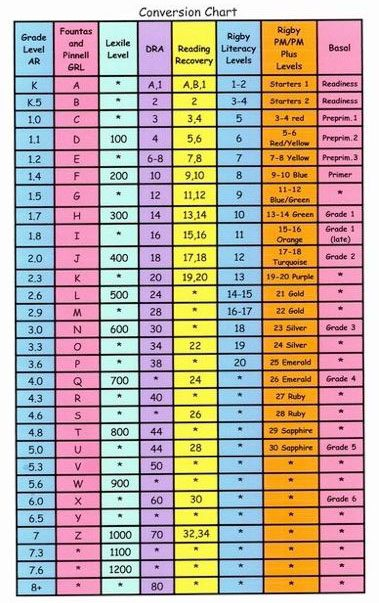
The data show that Chinese students' English reading skills are two to three grades lower than American students of the same age. Most of the children will go abroad to continue their studies in the next few years, receiving the same level of education as foreign students.
With such a huge gap at present, it's hard to imagine the pressure Chinese students will face after going abroad.
So, let's first popularize what Lexile (Lens Index) is. An English proficiency assessment standard that cannot be ignored.
Lexile (Lens Index)
Lexile (Lens Index) is a standard developed by the National Science Foundation to improve the reading skills of American students, to measure student reading levels and book labeling difficulty. Lens index range - from 200 l to 1700 l.
In the United States, more than 30 million students annually use the Lexile Lens Index to measure their reading levels. At the same time, public schools in 21 US states also use the "Lexile Lens Index" in final assessment (school transcript).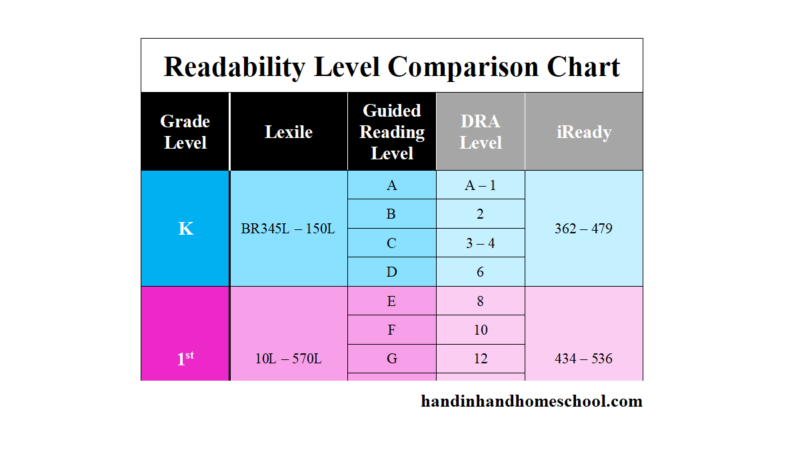
Read the detailed description of the learning objectives for each stage
1. Basic
The purpose of learning to read at this stage is to understand and master the basic vocabulary of the English language, mainly based on introductory words, which is the transition from picture books to assessed readings.
2. Learn to Read
This step lays the foundation for independent reading. The purpose of the training is that, under the guidance of teachers, students can read abbreviated (abridged) readings with a lower level of difficulty in order to realize independent reading of graded readings within their abilities.
3. Read to Learn
This stage is a critical period for developing independent reading skills. At this stage, students need to develop the habit of offline reading so that they can receive and filter effective information from readings. In addition to reading levels suited to their own abilities, students can also read some of the original chapter books (chapter books).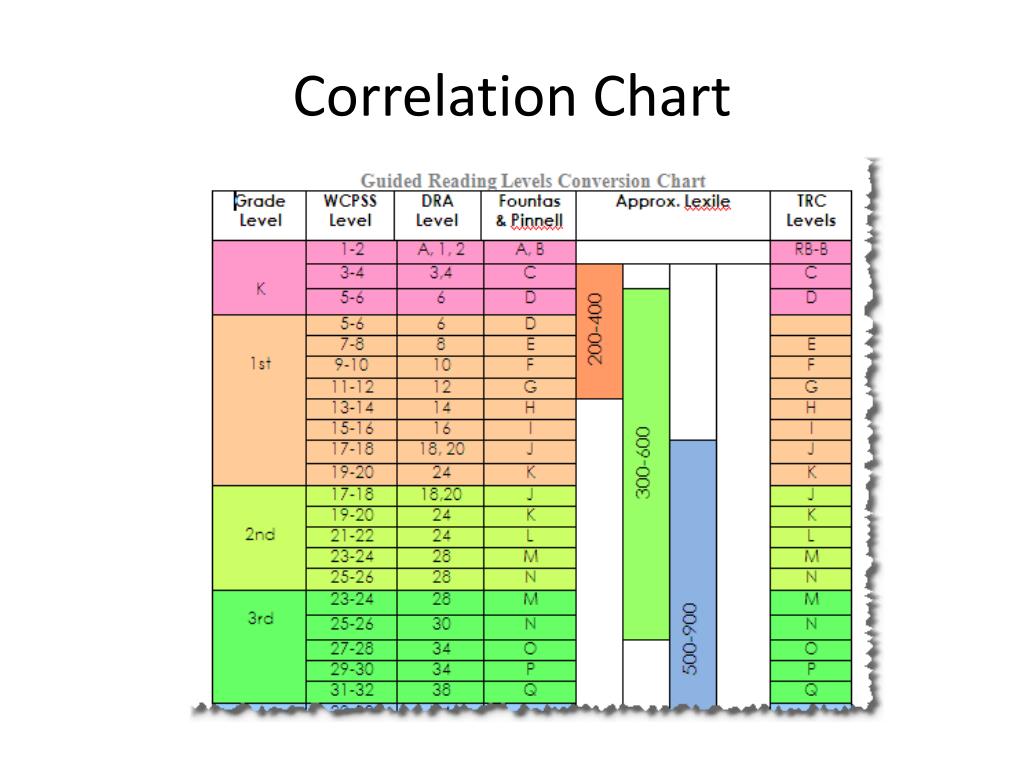
4. Read and Think
This stage is a critical stage of reading before entering university and starting an academic career. At this stage, students must have certain literary skills. At the same time, they must form critical thinking and form their own unique understanding after reading various materials; at the same time, reading efficiency can cope with a large number of reading needs in academic careers in college and work environments.
Internationally respected grading system accurately grades readers
In the United States, 80% of classroom instruction uses a graded reading system, and more than 50% of public schools use the Lexile grading system to recommend appropriate reading materials for students. Take a milestone test, accurately assess the reader's English reading level, and achieve an exact match between reading level and reading difficulty.
Relationship between TOEFL junior and Lexile 9 reading score0005
The TOEFL Junior score report is linked to the authoritative international language assessment tool Lexile Graded Reading.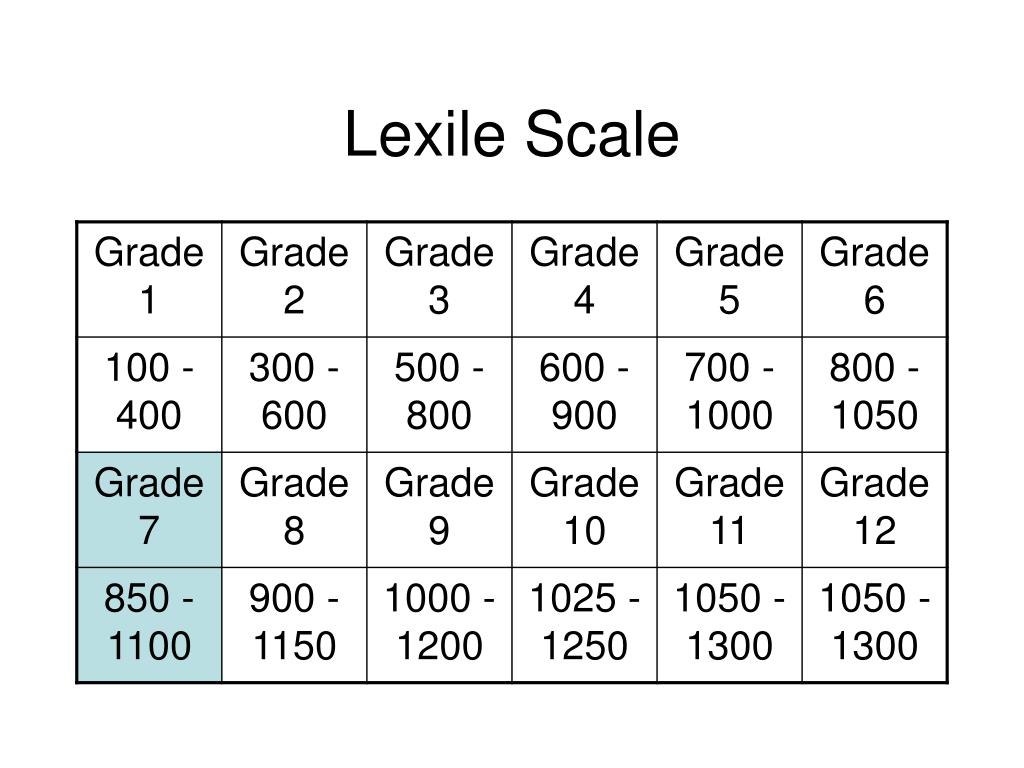 Candidates can understand not only their own level of language learning in listening, speaking, grammar, reading, etc. from the results report, but also the reading materials that are most suitable for their current level. More importantly, they can additionally assess their level of English • Percentile among American students of the same age or same class. This, of course, has a very high value in the decision of parents to send their children abroad to study.
Candidates can understand not only their own level of language learning in listening, speaking, grammar, reading, etc. from the results report, but also the reading materials that are most suitable for their current level. More importantly, they can additionally assess their level of English • Percentile among American students of the same age or same class. This, of course, has a very high value in the decision of parents to send their children abroad to study.
So, how important is the Lexile Lens reading assessment for student reading! !
“The books we read are no longer random, books whose level is completely incompatible with our own reading abilities! Every book we read will be judged by Lens and we recommend books that are best suited to our reading level. Each increase in reading level. This will mean improving your own ability in English, and improving your ability will allow you to take the TOEFL Junior International Authority Certification exam to test your true level of English.

